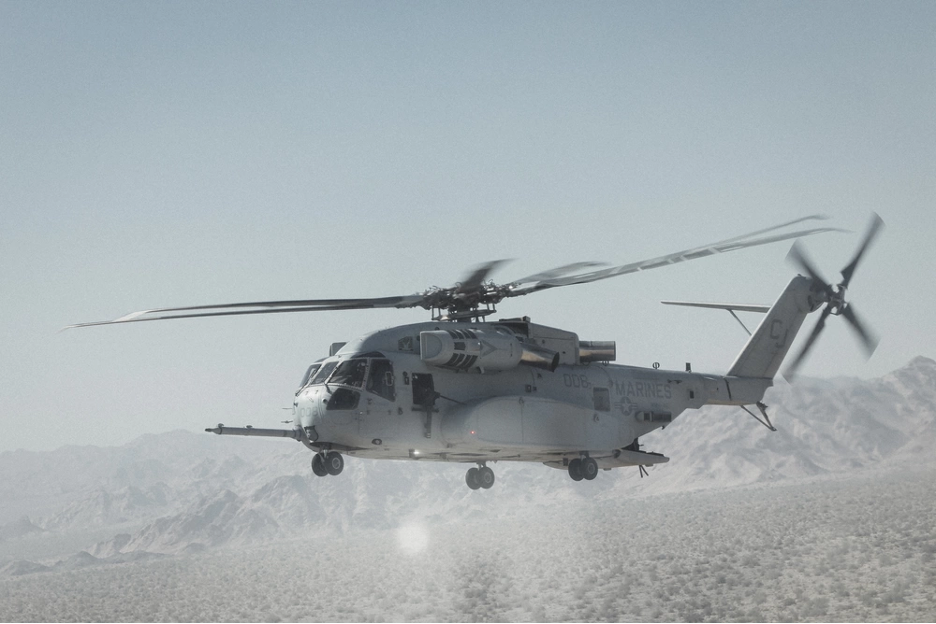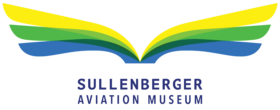The CH-53K helicopter is the most technologically advanced helicopter in the world and is currently transitioning to fleet-wide operational use right here in Marine Corps Air Station New River (MCAS New River). History was made at this eastern North Carolina military base when Marine Heavy Helicopter Squadron 461 (HMH-461) became the first operational King Stallion (CH-53K) unit in January 2022. The Sullenberger Aviation Collections team had the opportunity to visit New River and see firsthand what this incredible aircraft was all about.
MCAS New River will continue to transition its fleet from the CH-53E Super stallion to the CH-53K King Stallion until 2029. The CH-53K will be the Marine Corps’ critical land- and sea-based heavy-lift helicopter. The King Stallion is capable of moving troops and equipment from ship to shore at higher altitudes more quickly and effectively than all other heavy lift types.
Marine Corps sources say the increased heavy-lift capability of the CH-53K is unprecedented; the King Stallion can carry three times the base load of the CH-53E and has a maximum lift capacity of 36,000 pounds. In addition, officials said the King Stallion’s engine produces 57% more horsepower with 63% fewer parts than the CH-53E Super Stallion.

A U.S. Marine Corps CH-53K King Stallion belonging to HMH-461, Marine Aircraft Group 29, 2nd Marine Aircraft Wing, flies over the Chocolate Mountain Aerial Gunnery Range during a training exercise near El Centro, California, April 13, 2023. (U.S. Marine Corps photo by Lance Cpl. Gideon M. Schippers)
CH-53 K King Stallion
Max External Lift: 36,000 lbs.
Cruise Speed: 170 kn (200 mph, 310 km/h)
Avionics: All electric controls (first CH-53 model with no mechanical controls). The K Model features a next-generation joint interoperable CAAS “glass” cockpit, like that of the Bell UH-1Y Huey, also flown by the Marines. The digital cockpit is complemented by a triple-redundant fly-by-wire flight control system (which are semi-automatic, computer-regulated aircraft flight control systems that replace mechanical flight controls with an electronic interface). It also has a “health & usage monitoring system (HUMS),” derived from one such implemented for the Sikorsky S-92 helicopter. HUMS is a generic term given to activities that utilize data collection and analysis techniques to help ensure availability, reliability, and safety of vehicles.
Range: 460 nmi (530 mi, 850 km)
Notable Conflicts/Missions: Has not yet reached full-service use.

U.S. Marine Corps Capt. Kricket Harper, a CH-53K King Stallion pilot with HMH-461, looks out of a King Stallion at Mountain Home Air Force Base, Idaho, Aug. 11, 2022. This was the first time the Marine Corps deployed the King Stallion in an exercise. HMH-461 is a subordinate unit of 2nd Marine Aircraft Wing, the aviation combat element of II Marine Expeditionary Force. (U.S. Marine Corps photo by Cpl. Adam Henke)
During a recent trip to the Marine Corps Air Station-New River, the Team met and interviewed Captain Kricket Harper, one of the CH-53K-King Stallion pilots on base.

